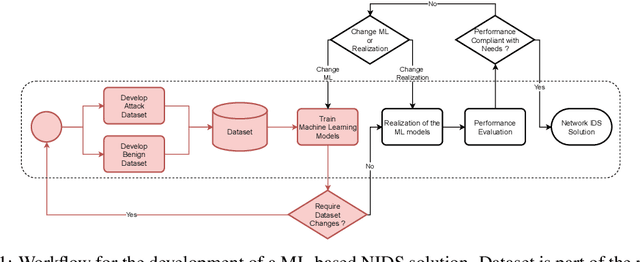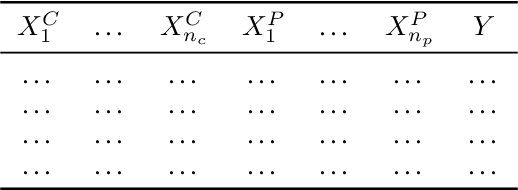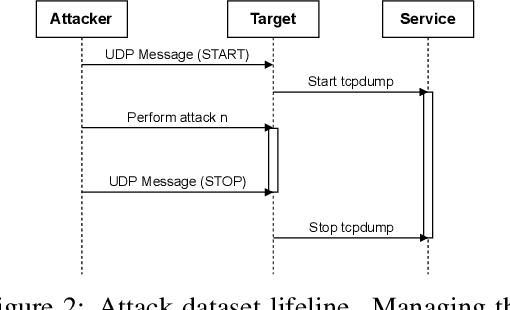Lourenço Alves Pereira Junior
Anomaly-Flow: A Multi-domain Federated Generative Adversarial Network for Distributed Denial-of-Service Detection
Mar 18, 2025Abstract:Distributed denial-of-service (DDoS) attacks remain a critical threat to Internet services, causing costly disruptions. While machine learning (ML) has shown promise in DDoS detection, current solutions struggle with multi-domain environments where attacks must be detected across heterogeneous networks and organizational boundaries. This limitation severely impacts the practical deployment of ML-based defenses in real-world settings. This paper introduces Anomaly-Flow, a novel framework that addresses this critical gap by combining Federated Learning (FL) with Generative Adversarial Networks (GANs) for privacy-preserving, multi-domain DDoS detection. Our proposal enables collaborative learning across diverse network domains while preserving data privacy through synthetic flow generation. Through extensive evaluation across three distinct network datasets, Anomaly-Flow achieves an average F1-score of $0.747$, outperforming baseline models. Importantly, our framework enables organizations to share attack detection capabilities without exposing sensitive network data, making it particularly valuable for critical infrastructure and privacy-sensitive sectors. Beyond immediate technical contributions, this work provides insights into the challenges and opportunities in multi-domain DDoS detection, establishing a foundation for future research in collaborative network defense systems. Our findings have important implications for academic research and industry practitioners working to deploy practical ML-based security solutions.
Bridging the gap to real-world for network intrusion detection systems with data-centric approach
Oct 25, 2021



Abstract:Most research using machine learning (ML) for network intrusion detection systems (NIDS) uses well-established datasets such as KDD-CUP99, NSL-KDD, UNSW-NB15, and CICIDS-2017. In this context, the possibilities of machine learning techniques are explored, aiming for metrics improvements compared to the published baselines (model-centric approach). However, those datasets present some limitations as aging that make it unfeasible to transpose those ML-based solutions to real-world applications. This paper presents a systematic data-centric approach to address the current limitations of NIDS research, specifically the datasets. This approach generates NIDS datasets composed of the most recent network traffic and attacks, with the labeling process integrated by design.
 Add to Chrome
Add to Chrome Add to Firefox
Add to Firefox Add to Edge
Add to Edge